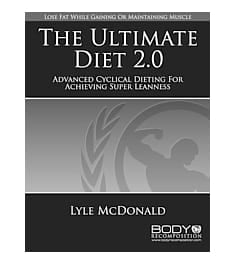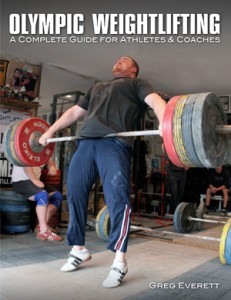 Note: This is an excerpt from Chapter 7 from my book The Stubborn Fat Solution.
Note: This is an excerpt from Chapter 7 from my book The Stubborn Fat Solution.
So you’re now nearly 50 pages into this book and still wondering why stubborn fat is stubborn. Perhaps you’ve picked up some of the reasons by inference but finally, in this chapter I can put everything together.
Fat Cell Overview/Review
In the past 6 chapters, you’ve learned a ton about fat cells and fat cell metabolism. One of the points I’ve tried to get across is that fat cells are not the same, different depots have different functional characteristics in terms of how easily they store fat, how easily they give up that fat, etc.
In general there are clear gender differences that show up at puberty, suggesting that sex hormones play a role in how fat cells develop. And there is much truth to this. It turns out that if you take a fat cell from a man’s thigh and a woman’s thigh, they are functionally identical and essentially indistinguishable physiologically.… Keep Reading

